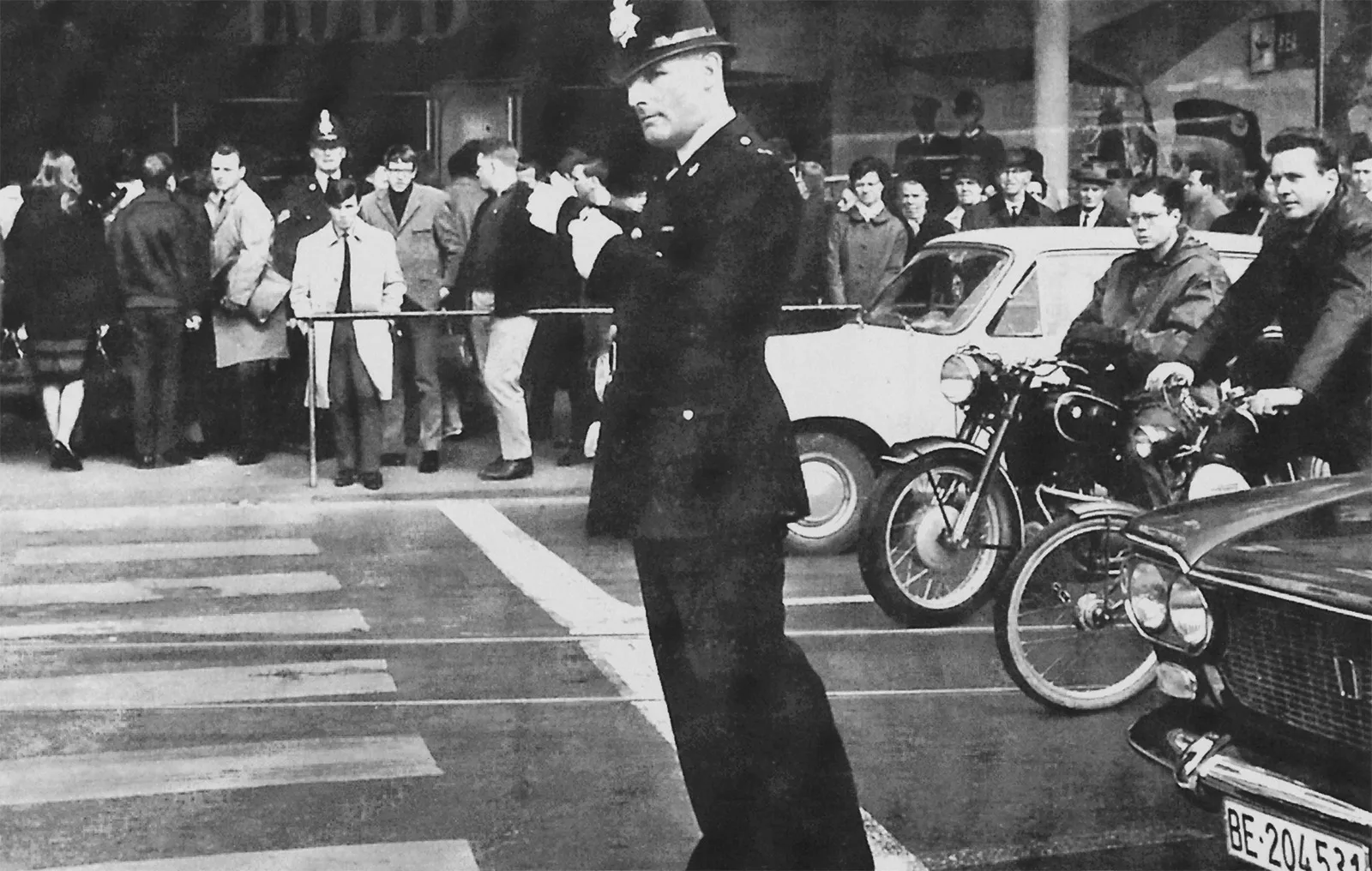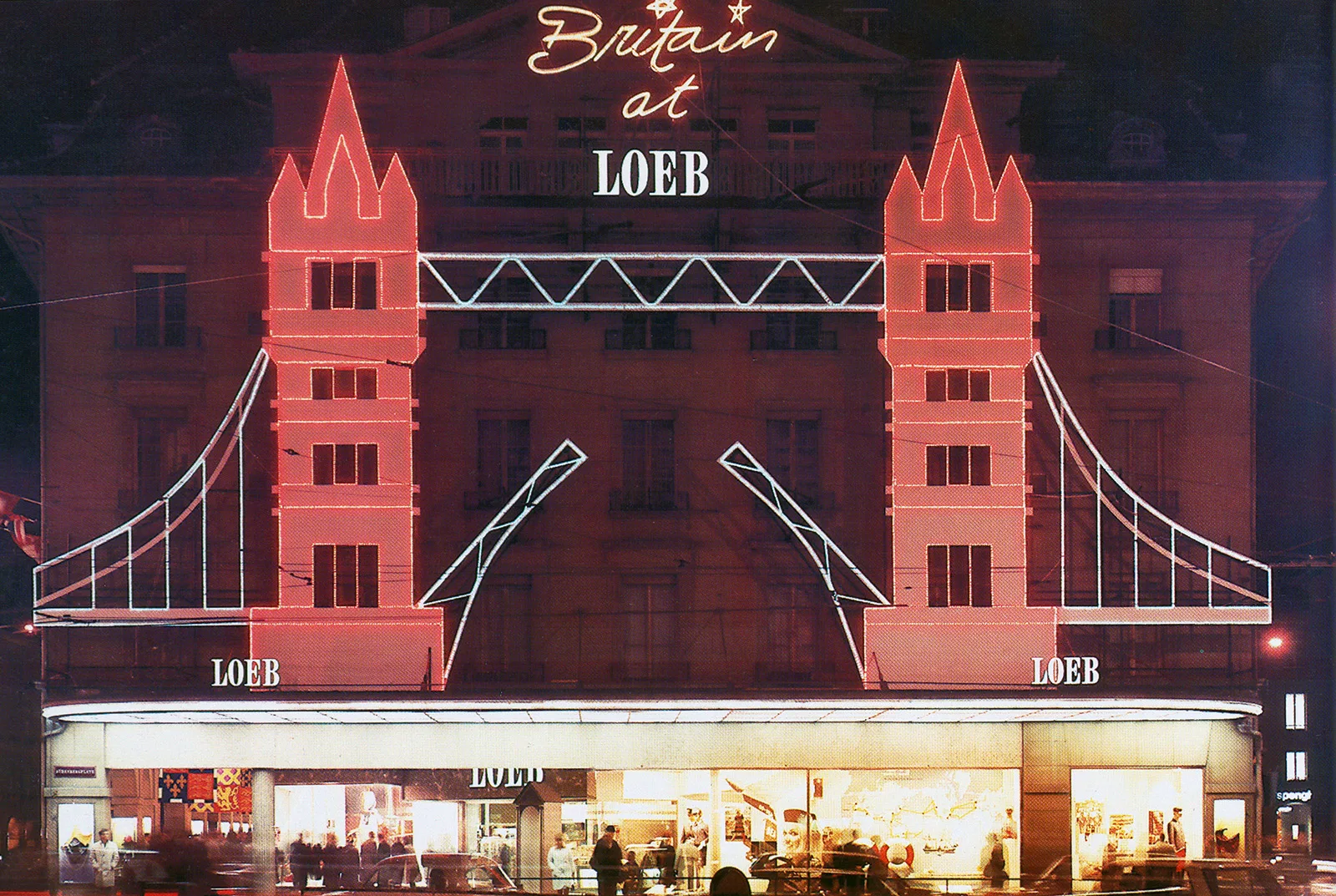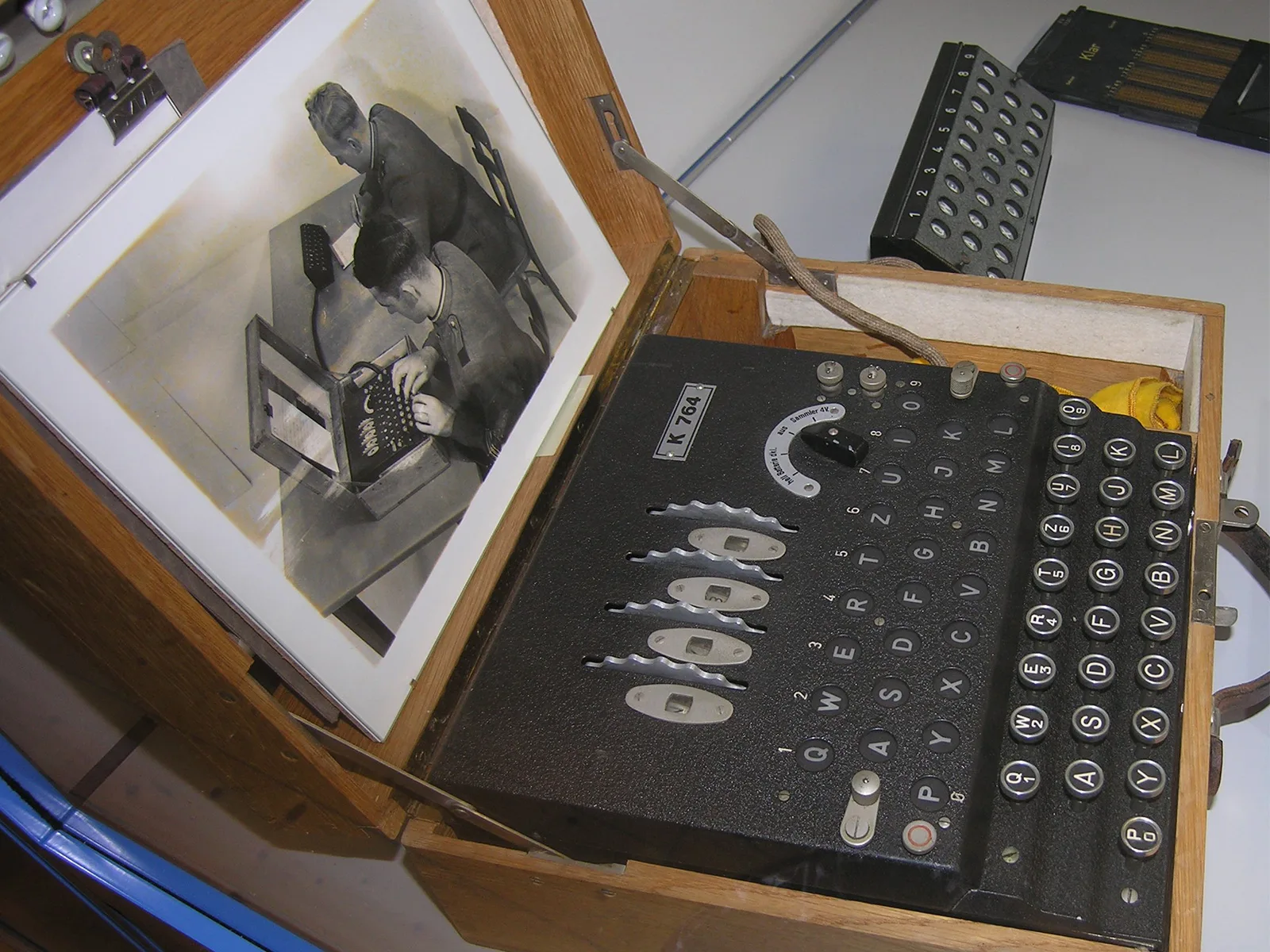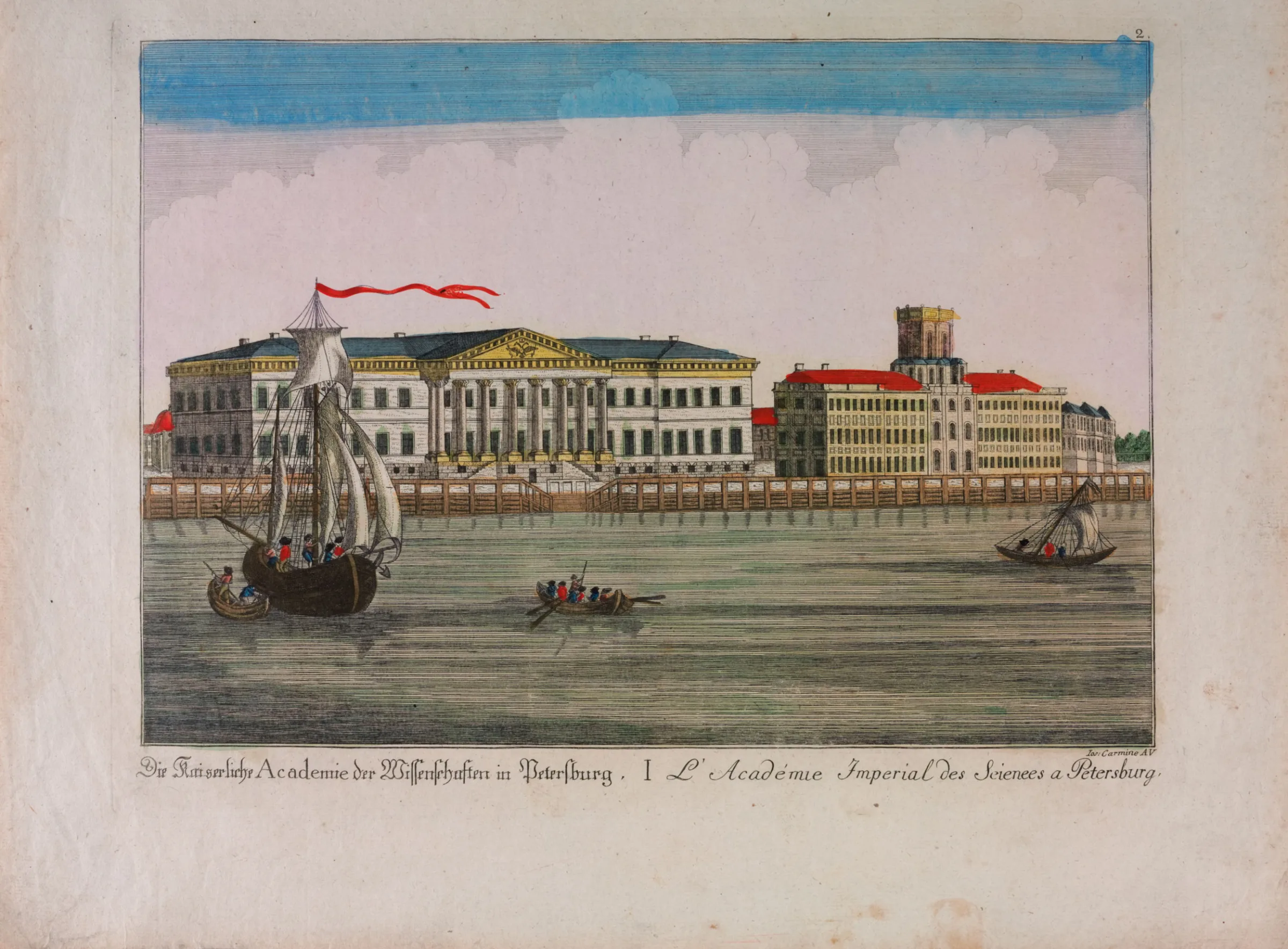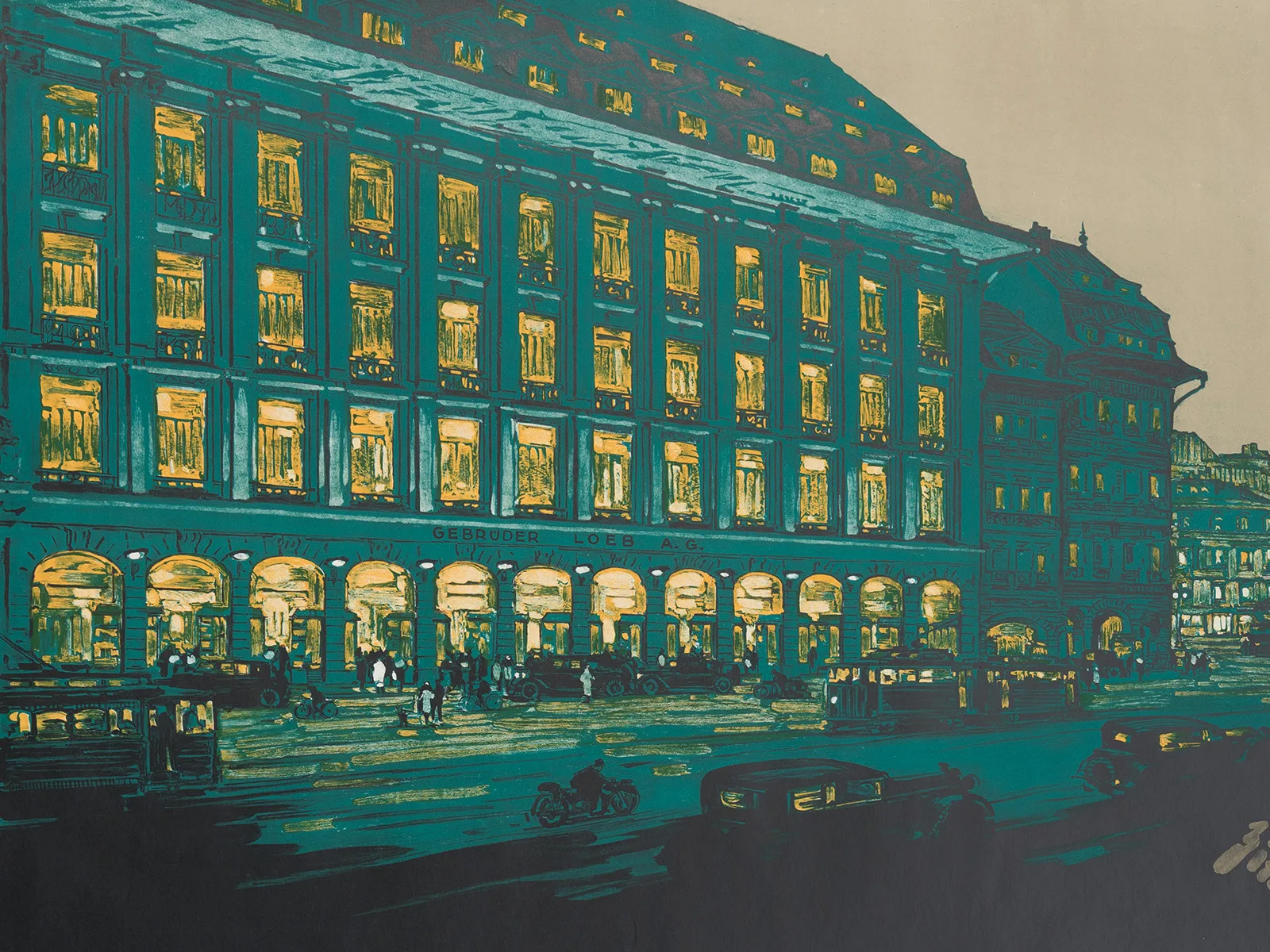
The art of the window display at Bern’s Loeb
The ‘Loeb-Egge’, as the locals call the corner on which Loeb department store stands, is still Bern’s main meeting point – even though the telephone booth from where people used to call to say they’d be late coming home was removed in 2007. Nonetheless, Loeb’s colourful window displays are still there to help pass the time while waiting.
The history of Loeb department store in Bern
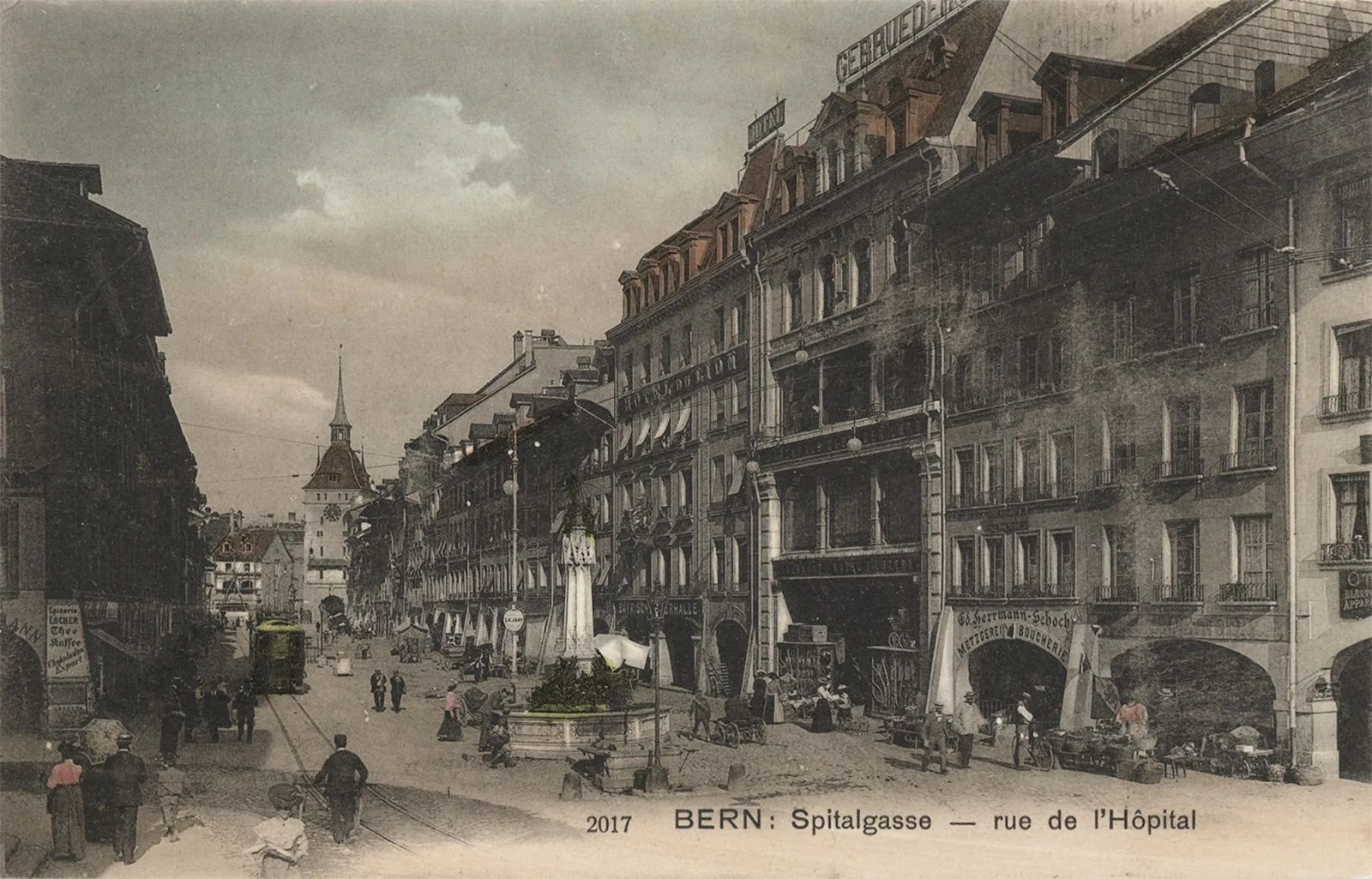
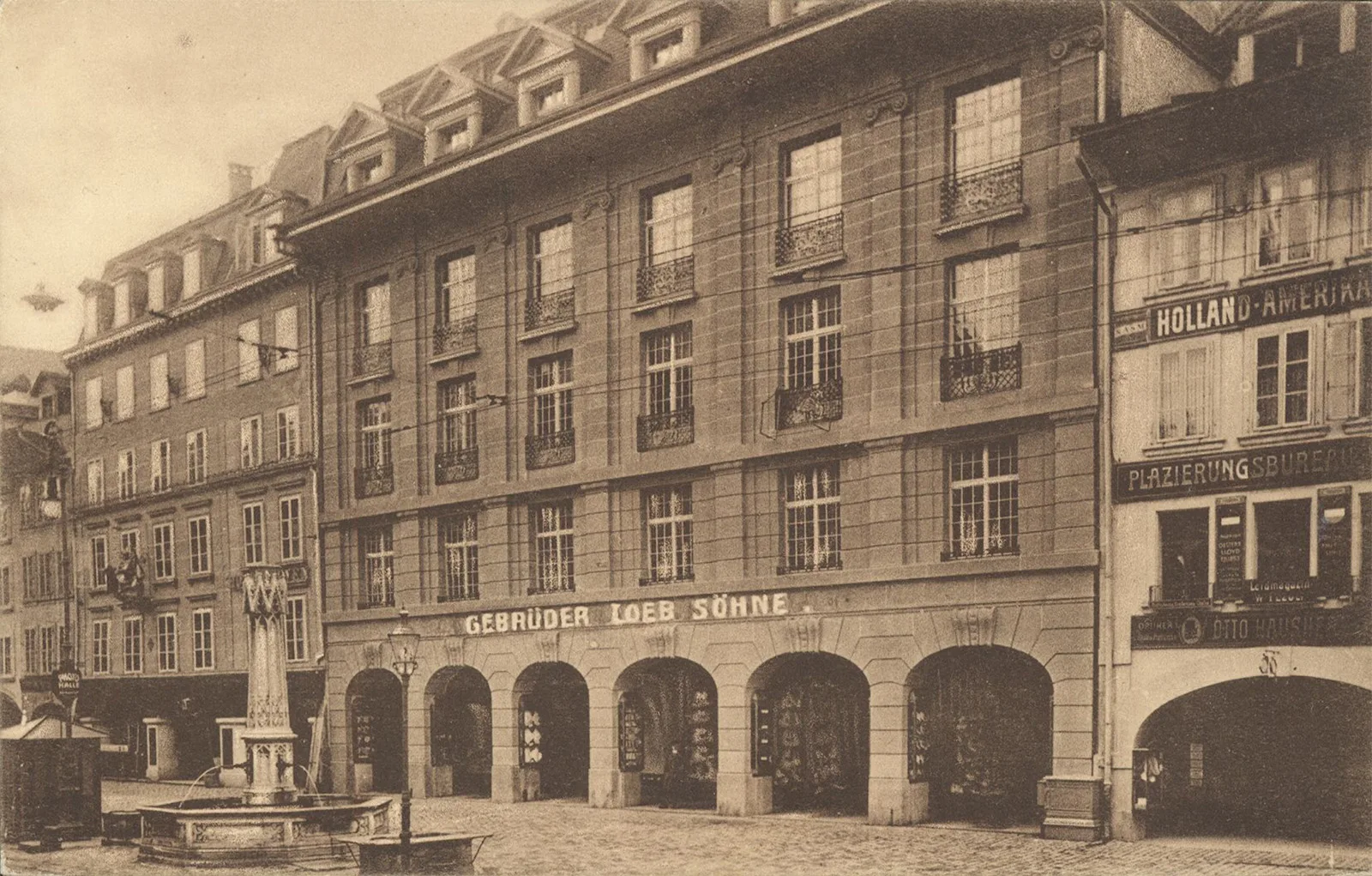
Loeb window displays in the 20th century
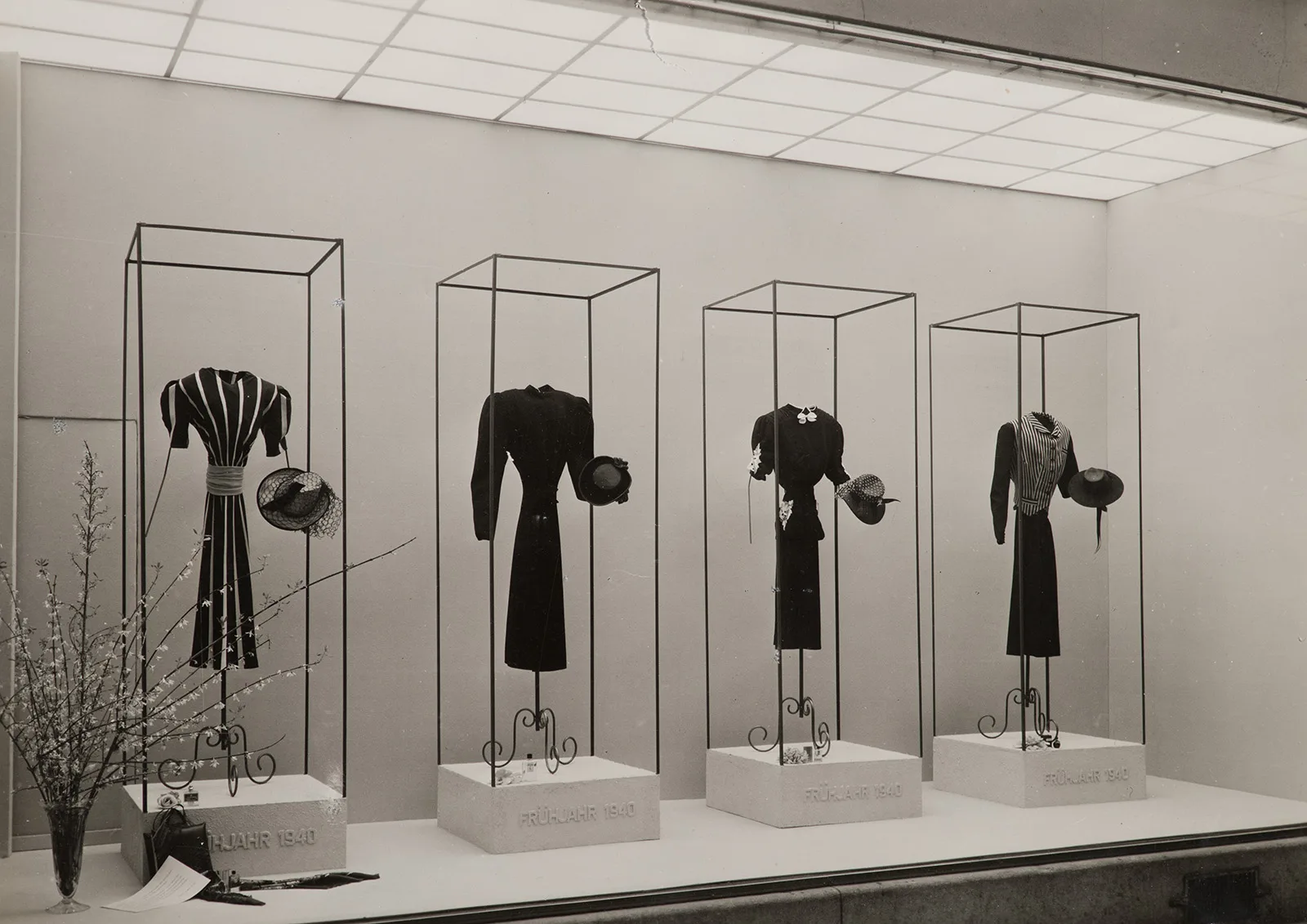
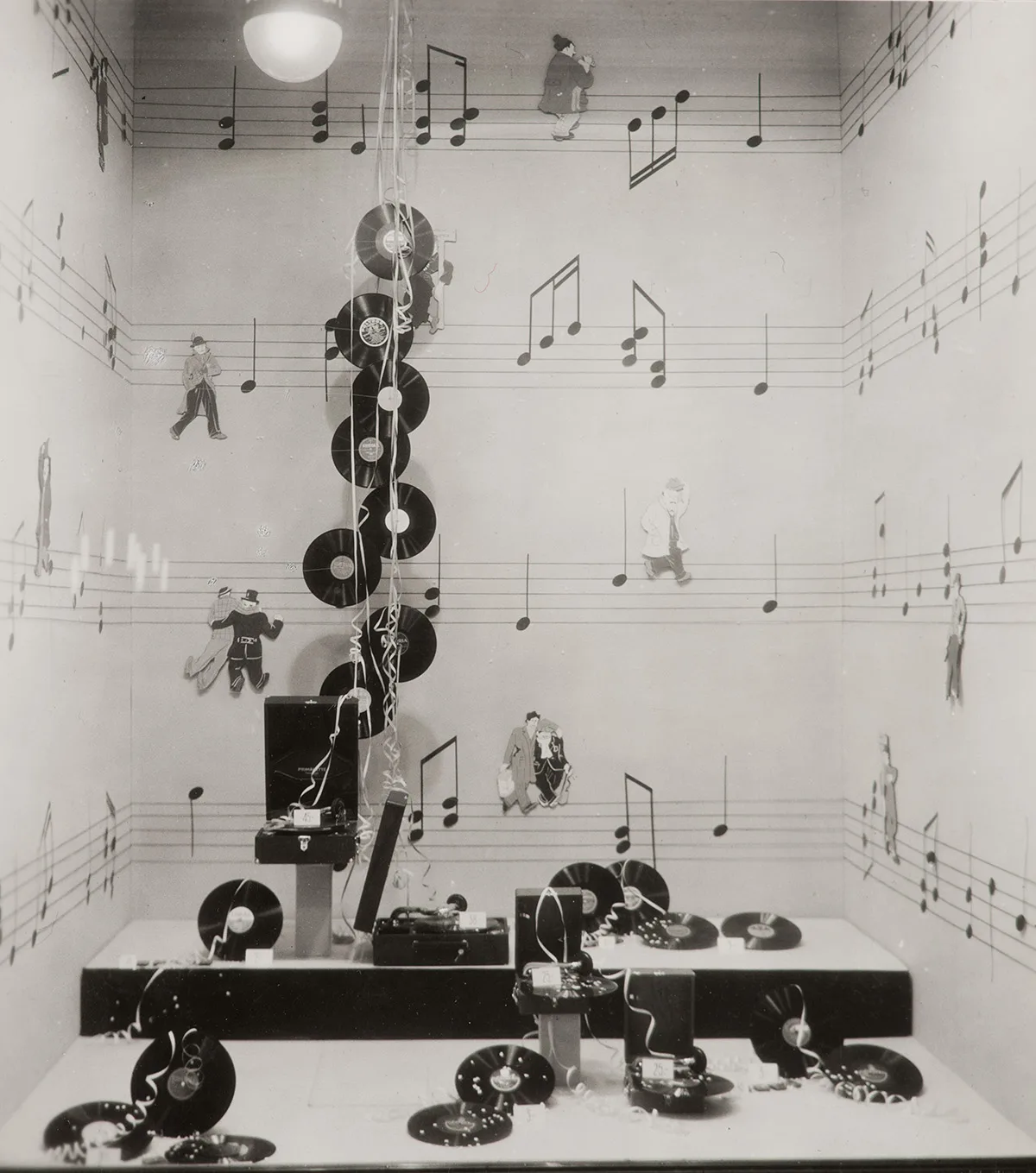
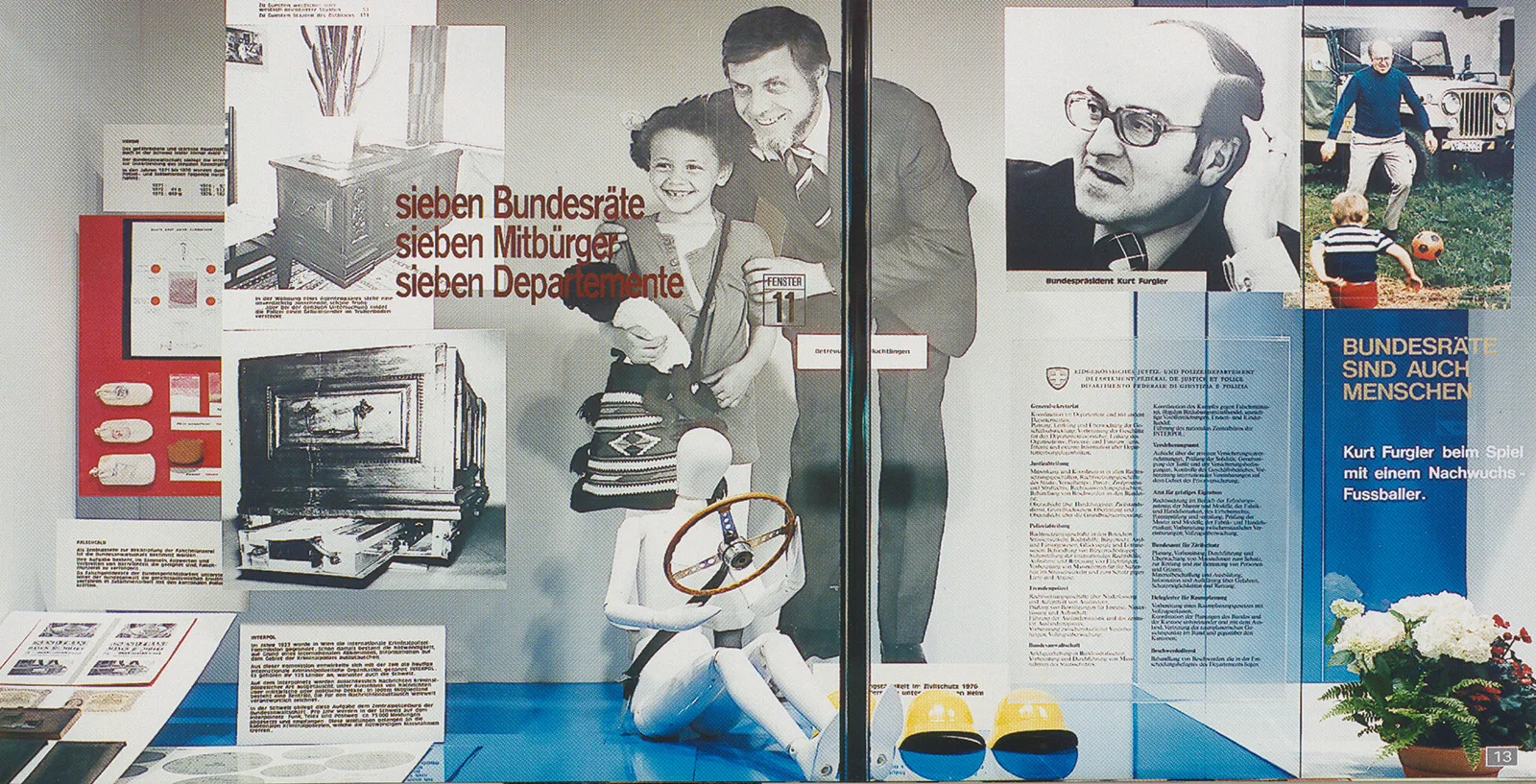
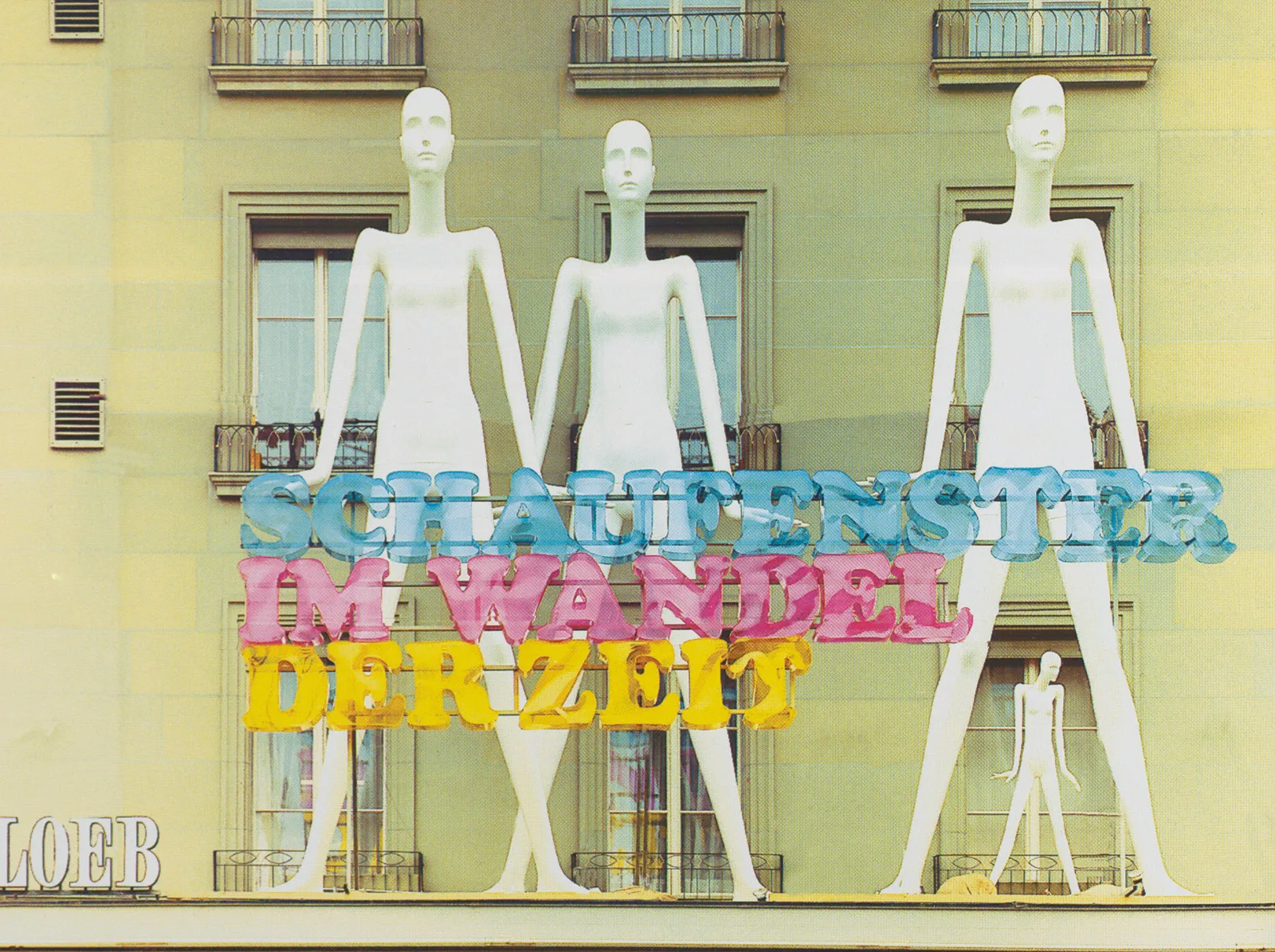
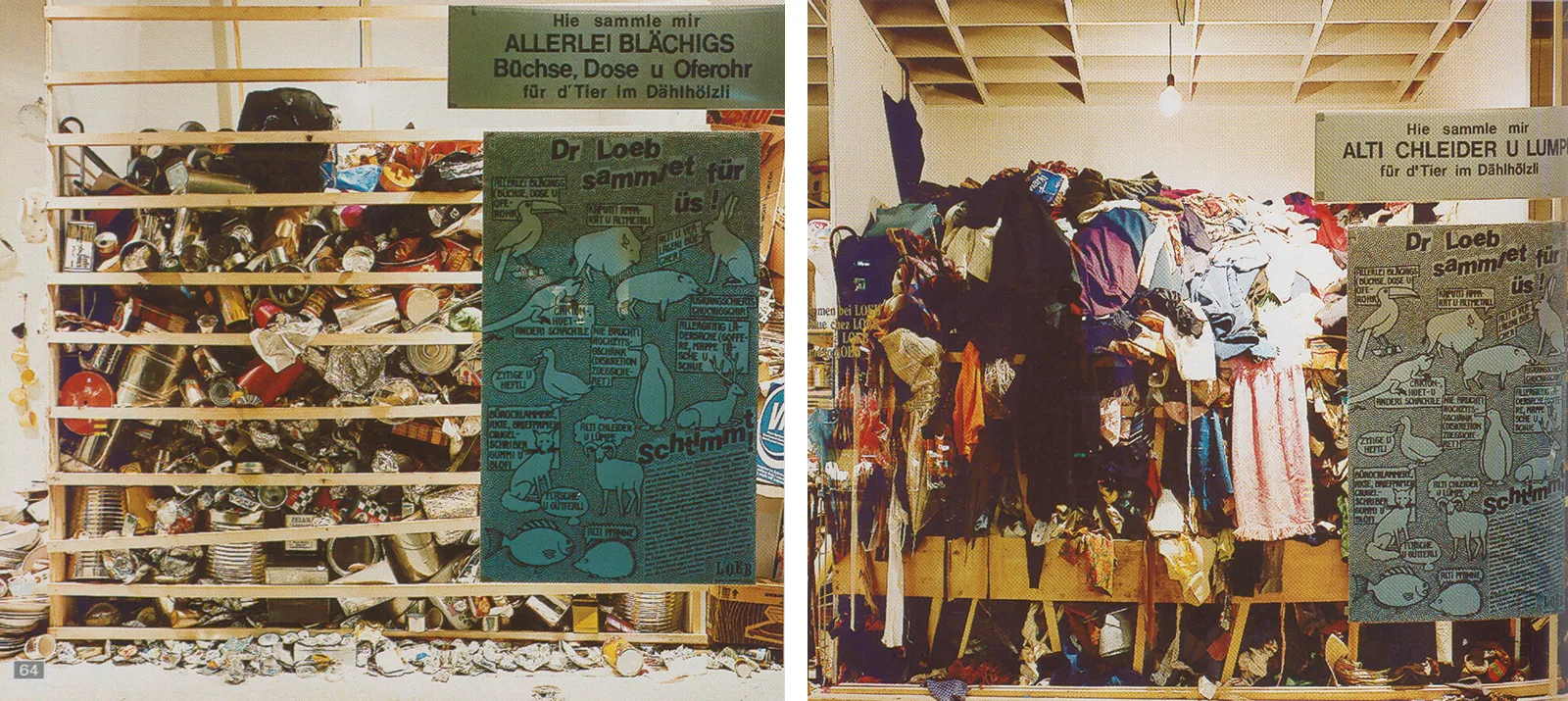
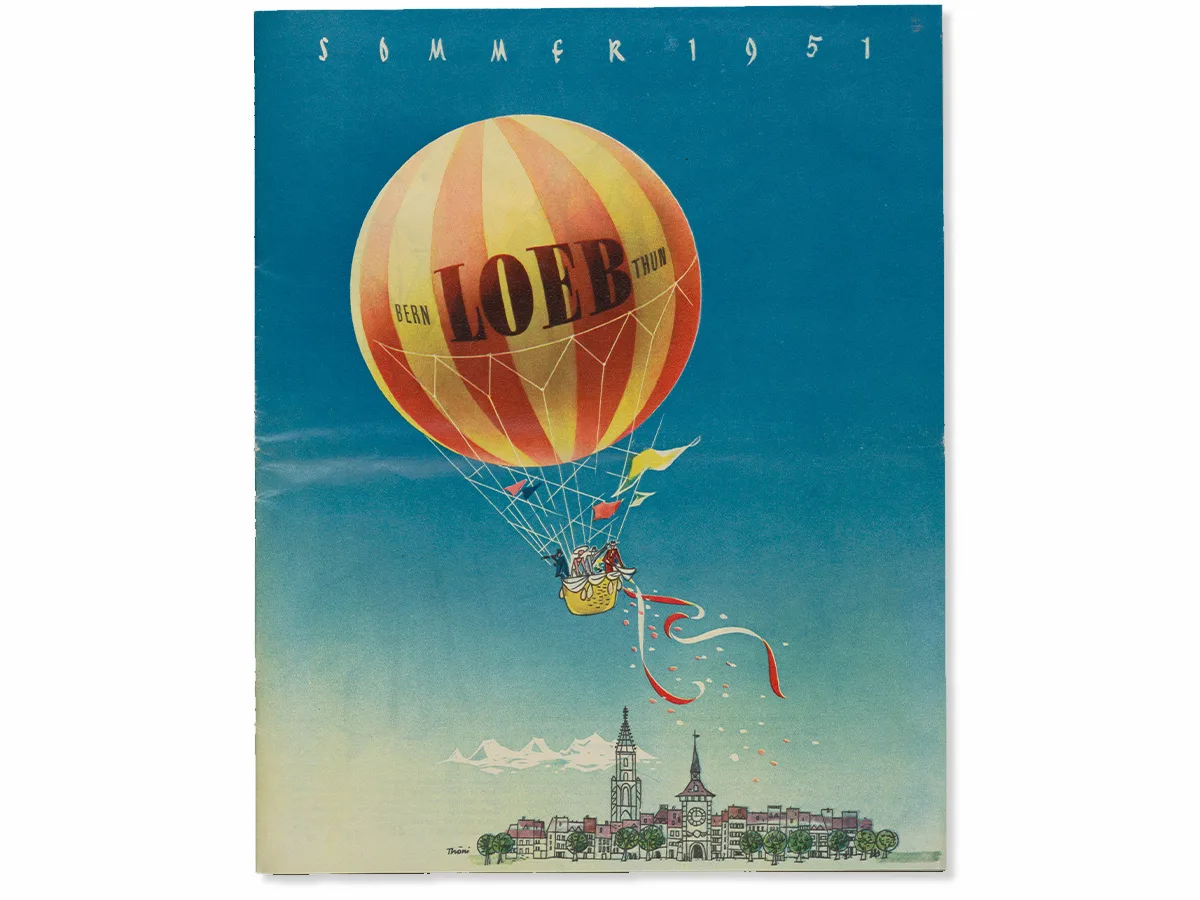
Loeb department store enlisted the services of artists including Emil Cardinaux, Alois Carigiet, Franco Barberis, Herbert Leupin, Donald Brun and Hans Thöni to design posters and front pages of catalogues. The catalogues from 1902 to 1977 are available digitally at the Burgerbibliothek.
Going international: Loeb as a window to other worlds
